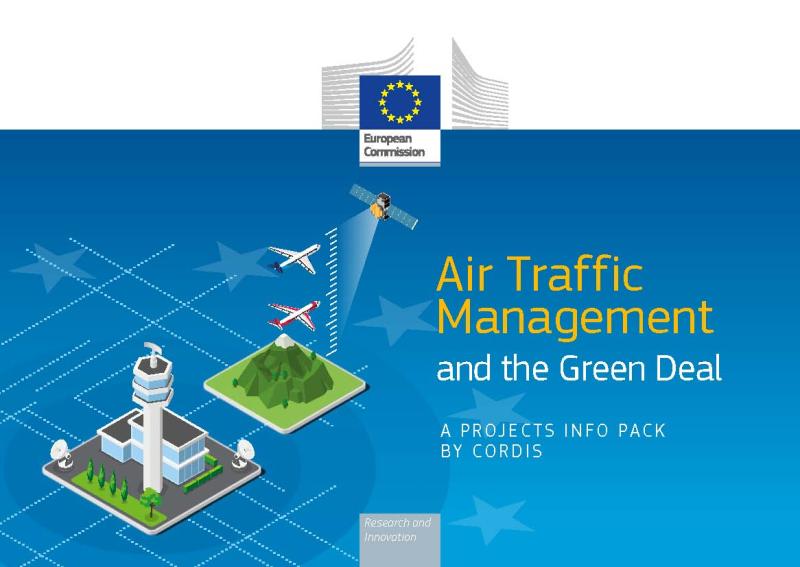A new Projects Info Pack from CORDIS explores the role air traffic management has to play in Europe’s transition to carbon neutrality, through new technologies, procedures and practices.
The European Green Deal launched by the European Commission in December 2019 aims to create the world’s first climate-neutral bloc by 2050. This ambitious target calls for deep-rooted change across the aviation sector and places significantly stronger focus on the environmental impact of flying.
Multiple technology pathways are required to achieve this. While a shift to sustainable fuel sources offers the greatest potential for decarbonisation, reductions in emissions, particulate pollution and noise can be achieved in the short term by introducing new technologies and procedures into air traffic management. This is where the SESAR 3 Joint Undertaking (SESAR JU) comes into play.
Over the past decade, the SESAR Joint Undertaking (JU) has worked to improve the environmental footprint of air traffic management. The unique public-private partnership is looking at every phase of the flight and airspace use. The ambition is to reduce average CO2 emissions per flight by 0.8-1.6 tonnes by 2035, roughly equivalent to planting 500 million trees.
The SESAR JU is conducting fundamental and industrial research as well as large-scale demonstrations to advance new concepts and innovations and accelerate their implementation, represented by the 10 projects highlighted in this Pack.
Their focus includes improved air traffic management for more efficient flights (GALAAD and CONCERTO), better aircraft positioning technology to allow dynamic approach patterns, advanced route planning (DYN-MARS) and low-fuel profiles (Green-GEAR), better understanding of the conditions that lead to persistent contrails (E-CONTRAIL and CICONIA), wake energy retrieval (GEESE), as well as broad investigations into how climate change will impact aviation – and vice versa (AEROPLANE). Two demonstrators, ECHOES and HERON, look to enable energy-efficient flying, in oceanic or remote regions and gate to gate respectively.
These projects represent a handful of over 136 solutions the partnership has delivered for implementation, many of which offer direct and indirect benefits for the environment, and more solutions are in the pipeline.
Further SESAR calls for projects are expected, building on existing achievements and delivering a continuous flow of tangible solutions for the environment. Together, they will help make Europe the most efficient and environmentally friendly sky to fly in the world.
Download the Projects Info Pack on Air traffic management for the Green Deal.

